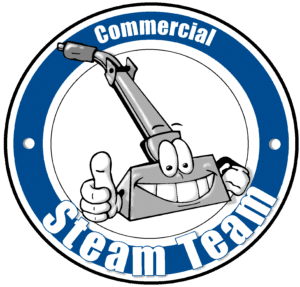Why Does a Restaurant Smell Bad to Some People? Part Two
In our last post we talked about restaurant carpets trapping spills, grease and bacteria and producing bad smells. But there are several other areas of a restaurant where bad smells can come from such as mops, cleaning cloths and upholstery.
One of the biggest mistakes restaurants make is to use a mop that has been standing in a mop bucket that is not clean. Mop buckets should be prepared with hot water and proper degreasing cleaner before use. When done mopping the floor, mop buckets and mops should be rinsed in hot water to get all the grease and dirt out of them or else they quickly develop a rotten smell.
Another odor-producing place is dirty wiping cloths used to clean tables and booths. Cleaning cloths should be clean smelling and the bucket of sanitizer should be cleaned before the start of every shift or whenever dirty. Cleaning with a dirty cloth can make a restaurant smell bad and spread bacteria and germs.
Upholstery is another area that gets overlooked and where smells build up from grease, spills and bacteria. Restaurants that have upholstery on booth seats and walls require periodic steam cleaning as well to keep the restaurant clean and prevent those bad smells.
Remember that people get used to a smell and after a short period of time don’t even notice it any more. This means that your staff may be completely unaware of odors that may cause customers to leave or to never come back. Translation: make sure to use cleaning tools that are themselves kept clean, even if you think your customers won’t notice.
Know a restaurant that needs our help? Get a Free, no obligation estimate on carpet and upholstery cleaning from Commercial Steam Team and make your restaurant shine! Call us today at 952-224-7222
